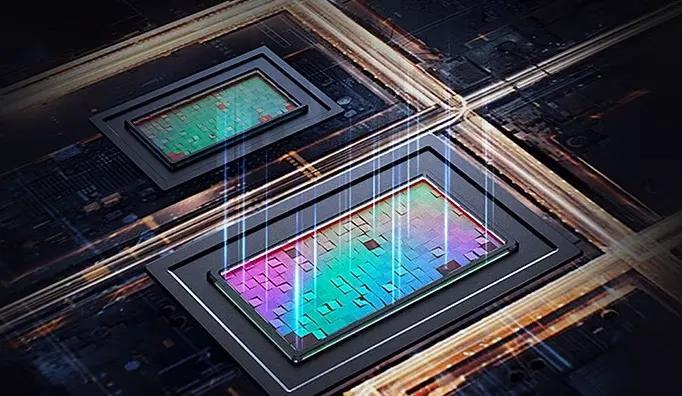DLP technology has great potential in smart homes
Since its invention, DLP technology has experienced laboratory research, prototype development, commercial application and continuous technological innovation and market expansion, DLP technology has become one of the indispensable key technologies in the modern projection and display industry, especially in the field of smart home, DLP technology is showing a richer application scenario.
The development of DLP technology
In 1977, Digital Light Processing(DLP) technology was developed by Dr. Larry Hornbeck of Texas Instruments(TI) , and the first Digital Microscope Device(DMD) was completed in 1987. The DMD chip, the core component of DLP technology, consists of millions of micromirrors, each corresponding to a pixel on the screen.
After years of development and improvement, DLP technology was commercialized in 1996, and the first projector prototype based on DLP technology was launched, which used DMD chips to control the reflection of light to produce clear, stable images. In 2001, Texas Instruments announced that more than one million DLP subsystems had been shipped, marking the widespread use and recognition of DLP projection technology worldwide.
With the development of science and technology and the passage of time, DLP technology is not only limited to the field of projection display, but also found applications in medical, industrial and automotive lighting, such as 3D printing, laser marking, intelligent headlamp systems. Especially in the home entertainment market, DLP technology has gradually replaced the traditional CRT projection technology, and has become the mainstream projection display solution together with LCD projection technology.
Today, DLP technology is constantly updated, and the resolution, brightness and contrast are constantly improved, while the volume is constantly reduced and the energy consumption is lower, making it more competitive in various application scenarios. For example, DLP technology has also made breakthroughs in portability, such as the introduction of DLP projectors weighing less than 3 pounds by Plus company, marking the beginning of DLP technology to lead the portable projector market.
Application of DLP technology in smart home
The application of DLP technology in smart home is gradually expanding, and its characteristics of high brightness, high contrast and high color saturation make it have unique advantages in home entertainment, information display and control.
In addition to miniature projections, DLP technology can also be used to create interactive wall display systems that allow users to interact with projected content through gestures or other sensing technologies, such as educational software, games, or home health management interfaces. It can also be used in AR/VR headsets to provide high-definition, low-latency image projection, enabling immersive experiences in home entertainment, education, and even interior design previews.
Although DLP technology is mainly based on display, it can also be indirectly applied to intelligent lighting systems, for example, by precisely controlling the direction and intensity of the beam to achieve dynamic ambient lighting effects, increasing the comfort and interest of the home environment.
Combined with the Internet of Things technology, DLP projection can be integrated into a variety of smart devices, such as smart speakers, furniture, etc., through the projection interface to provide information display, voice assistant visualization and other functions. And can build a projection touch panel, as the control terminal of the home automation system, the user can directly project on the wall or surface and control the home security, temperature regulation, home appliance control and other functions.
In the future, with the advancement of MEMS technology, DLP chips will be further miniaturized, so that projection modules can be more easily embedded in various smart devices, such as smart speakers, lighting devices, and even furniture surfaces, forming a more invisible and intelligent display solution. Not only can voice interaction be realized, but also more information can be visually presented through the projection interface, allowing users to control the functions of the smart home more naturally and intuitively.
In short, the future DLP technology will play a more diversified role in the smart home, integrate more cutting-edge technologies, provide more diversified, convenient and intelligent user experience, and promote the development of the smart home ecosystem to a higher level. With the continuous development of the smart home industry, DLP technology is expected to play a more important role in the smart home field.










